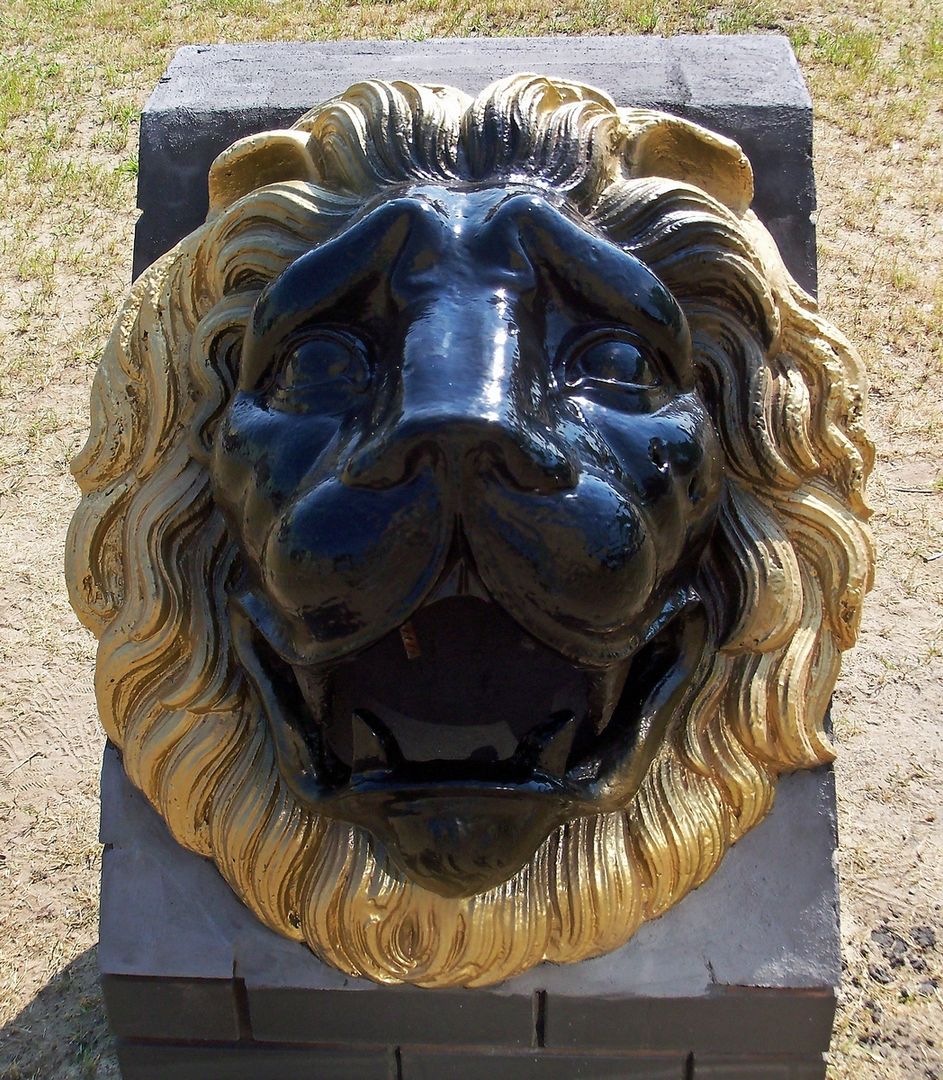Granary on the Narew
6.9

Overview
The Granary on the Narew River, built between 1838 and 1844 in Nowy Dwór Mazowiecki, is an example of Neo-Renaissance architecture, designed by Jan Jakub Gay and commissioned by the Bank of Poland. Situated on "Kępa Szwedzka" at the confluence of the Narew and Vistula rivers, it served not only as a storage facility but also had defensive functions, equipped with openings for artillery and firearms. Until 1853, it was used as a grain warehouse, after which it was converted into a military depot for the Modlin Fortress. During the interwar period, the granary housed the Command of the Modlin Naval Port and the Central Naval Warehouse, where sapper equipment was stored. The outbreak of World War II brought destruction, as it was burned out during the bombing in 1939, though its sturdy walls survived. After the war, communist authorities decided to demolish it, but these efforts were halted by Professor Jan Zachwatowicz, although part of the building had already been demolished. The granary was featured in Andrzej Wajda’s 1999 film "Pan Tadeusz" as the Horeszko Castle. In 2010, the ruin was sold to a developer, but currently, the building is falling into further decay, with no restoration work underway—only steel braces and anchors are holding the walls together. The granary, a witness to rich history, awaits revitalization, raising concerns about its future and the possibility of complete collapse. Its history and architecture are an important part of the local cultural heritage, which is fading year by year due to the building’s ongoing degradation.
Location
2025 Wizytor | All Rights Reserved